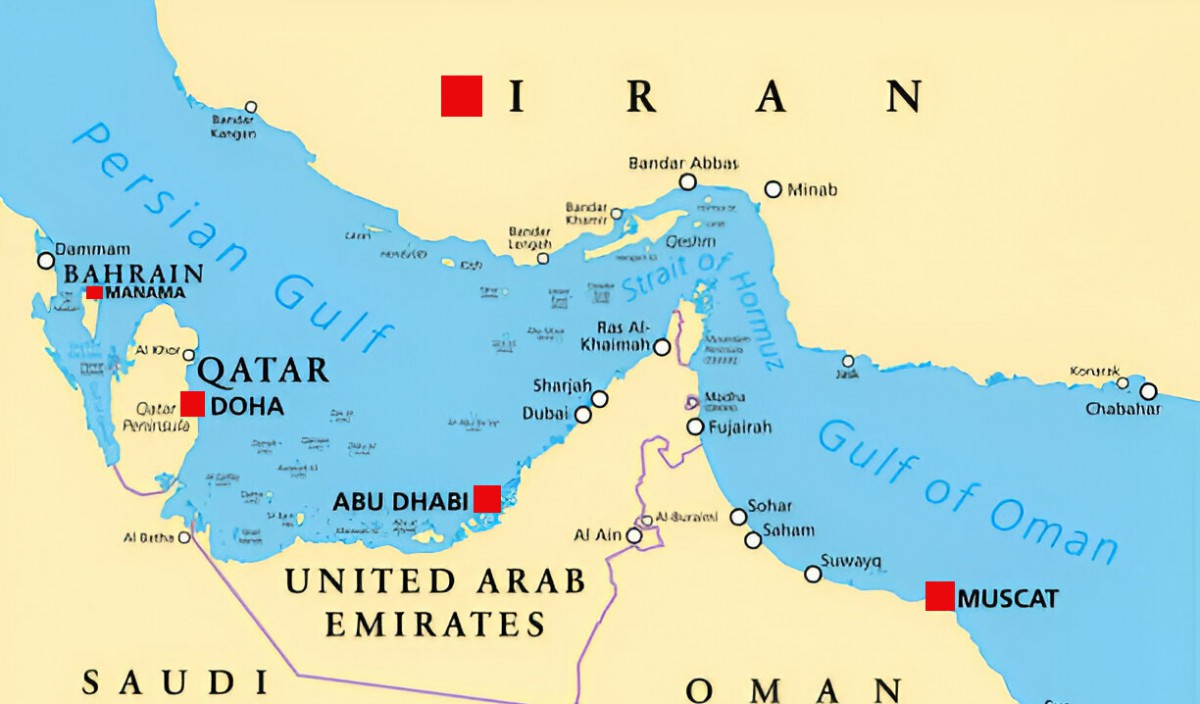1. What products does it offer?
It offers various products, including sugar, molasses, agricultural products, and both edible and industrial oils.
2. Does it operate worldwide?
Yes, it operates globally with a broad network of partners and suppliers, handling trade in different countries.
3. How can I use its import and export services?
You can use its import and export services by contacting its sales team or placing an order through its official website.
4. Does it supply agricultural products?
Yes, it supplies various agricultural products such as soybeans, urea, and other goods.
5. How can I buy edible and industrial oils from it?
You can purchase edible and industrial oils by contacting its sales team directly or by ordering online.
6. Does it specialize in risk management for trade?
Yes, it provides specialized solutions for managing trade risks and helps businesses effectively take advantage of opportunities.
7. How can it help my business?
It offers tailored solutions for product supply and risk management, helping you optimize your trade processes and seize new opportunities.
8. Do its products meet global standards?
Yes, all the products it offers comply with global standards and are guaranteed for quality.
9. Does it offer professional marketing services?
Yes, it provides professional marketing services to help clients promote and sell their products effectively.
10. Can it source products from trusted brands?
Yes, it works with reputable, trusted brands for sourcing products.
11. How can I track my order?
You can track your order by visiting its website or contacting its customer service team for updates.
12. Do I need an international contract to work with it?
Yes, in many cases, international trade requires signing contracts, and it supports these agreements.
13. What are the benefits of working with it?
Working with it provides access to a global network, optimized supply chains, and tailored trade solutions.
14. How long does it take for products to be delivered?
Delivery time varies depending on the destination and product type, but the team ensures that delivery schedules are coordinated with customers.
15. How can I contact its customer support team?
You can easily reach its customer support team by calling the phone number listed on the website or by emailing them directly.





